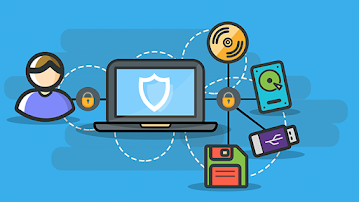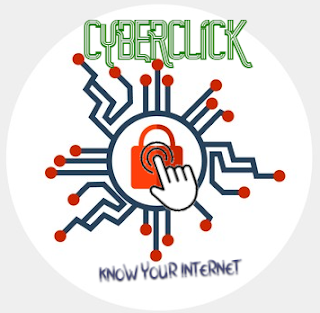Removable Media
What is Removable Media?
Removable media is a portable device - like a USB drive - that can be connected to a computer, network, or information system that is used for transporting and storing data. It is convenient, cost-effective, and is available in many different sizes.
Uses of Removable Media
There are two main uses for removable media:
- For additional portable storage
- To allow for data to be copied, transferred or access on other computers
When it comes to cybersecurity best practices, removable media and devices should only be plugged into trusted computer. If you find a USB flash drive on the ground, don’t pick it up because there is a possibility that it could be malicious. A hacker may have planted it on the ground to see if someone would pick it up and insert it into their device. If inserted into your computer, malware could immediately be downloaded onto your device.
Removable Media Examples
Here are some examples of different kinds of removable media devices:
- USB flash drives
- External hard drives (i.e. SSD)
- Card reader (i.e. SD card and memory card)
- Removable discs (i.e. blu-ray discs, CD-ROMs, DVDS)
Removable Media Security Risks
Removable media introduces many security risks and vulnerabilities as it stores a large volume of data including sensitive data. Therefore, failure to properly manage and secure these removable media and devices could expose users to the following risks:
Removable media can be easy to lose, which could result in the compromise of the sensitive information stored on it. You should be aware that some media types may be able to retain information even after deletion.
Malware could be introduced on a system via a flash drive once inserted into the USB port.
Data exfiltration, if you are not careful and insert an unknown USB drive, may be malicious and could steal data from an organization.
Autorun is problematic especially with removable media - they can be helpful but hackers abuse this feature by setting malicious programs to run automatically on removable media.
Reputational damage is the loss of sensitive information that can negatively affect an organization’s reputation.
Mitigation
The best protection against any attack on removable media is to insert only trusted removable media into your computer. However, there are other preventive measures as well including the following:
- Install anti-malware/anti-virus software on your computer - this will actively scan for any viruses or malware when a removable media or device is connected
- Disable the auto-run and autoplay features - these features will automatically when plugged into a USB port
- Implement access controls to protect the data on removable media by password protecting your removable media or device
- Implement physical security if necessary to prevent removable media from being used
- Remove sensitive data from removable media or device once you have finished transferring the data
- Make sure that all removable media and devices are encrypted - FileVault can be used for MacOS and Bitlocker for Windows
- Do not allow USB flash drives to be used within an organization
- Employee security awareness training is one of the most effective ways to protect against cyber threats by teaching them to not insert untrusted removable media into their computer; if for some reason an employee needs to plug in the flash drive then the organization should have a process to handle such a case (i.e. testing the USB drive on a sandbox environment for many malicious activity)
Final Thoughts:
Removable Media
Using removable media, like a flash drive, can be dangerous within an organization because the malware is able to bypass the security solution that is deployed at an organization’s network perimeter. USB drives are the best ways for hackers to exfiltrate sensitive data from an organization and are more difficult to detect. Each time that a removable media device is used, there is a possibility that a computer may become infected.
Since removable media and devices are an integral part of today’s society, it is important that all users and top executives within an organization understand what they can do to protect themselves and the organization from malware and viruses.



Comments
Post a Comment